
Today, we are evaluating the performance of two video cards from MSI and XFX based on ATI's Radeon X1300 Pro 256MB and NVIDIA's GeForce 6600 DDR2 256MB chipsets. We are also going to evaluate the performance of GeForce 6600 DDR2 in SLI, as we have not had a look at NVIDIA's mainstream SLI implementation until now. If you've only got £80 available for your upgrade to PCI-Express, we suggest you continue reading.
MSI RX1300Pro-TD256E:
GPU: ATI Radeon X1300 Pro (RV515)Core Clock: 600MHz
Memory Clock: 800MHz DDR
MSI has been an ATI partner for quite some time now, and we've looked at quite a few of their products in the past. We have their Radeon X1300 Pro implementation on the test bench, a card that comes with a price of just over £75 in the UK, or just under $110 in the USA. It comes clocked at 600MHz core and 800MHz memory, with two vertex shaders, four pixel pipelines and a 128-bit memory interface.
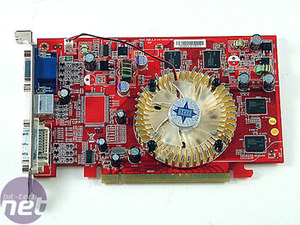

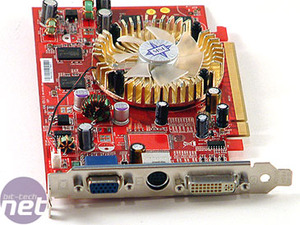
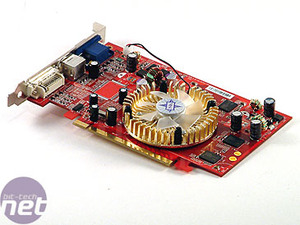
We have mentioned CrossFire support, but there are no master cards for Radeon X1300 series. Instead, you will be able to pair up any two Radeon X1300 cards in a motherboard supporting ATI's CrossFire Technology in order to run X1300 CrossFire.
The cooler is a single slot radial fan with an aluminium heatsink that is attached to the board with four high tension push pins, meaning that there is minimal movement of the heatsink if it gets knocked accidentally. It runs with relatively little noise, thanks to the minimal heat generated by ATI's RV515 GPU.
There are four Infineon 2.5ns DDR2 memory chips on either side of the card, making a total of 256MB frame buffer. The card has no requirement for additional power, which means that there is no supplementary power connector - all power to the card comes from the PCI-Express slot on the motherboard.
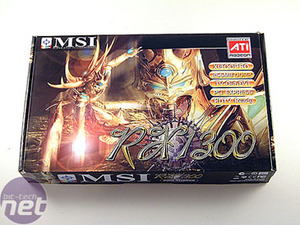
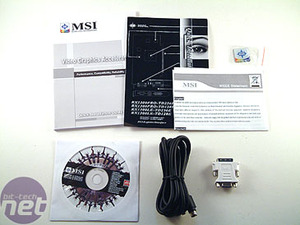
The bundle is reasonable, but nothing to write home about. Having said that, this card isn't a card that would normally be associated with the hardcore gamer come hardware enthusiast. There is an S-Video cable and one DVI-to-VGA connector included, along with a manual, quick install guide and driver CD.

MSI MPG Velox 100R Chassis Review
October 14 2021 | 15:04






Want to comment? Please log in.